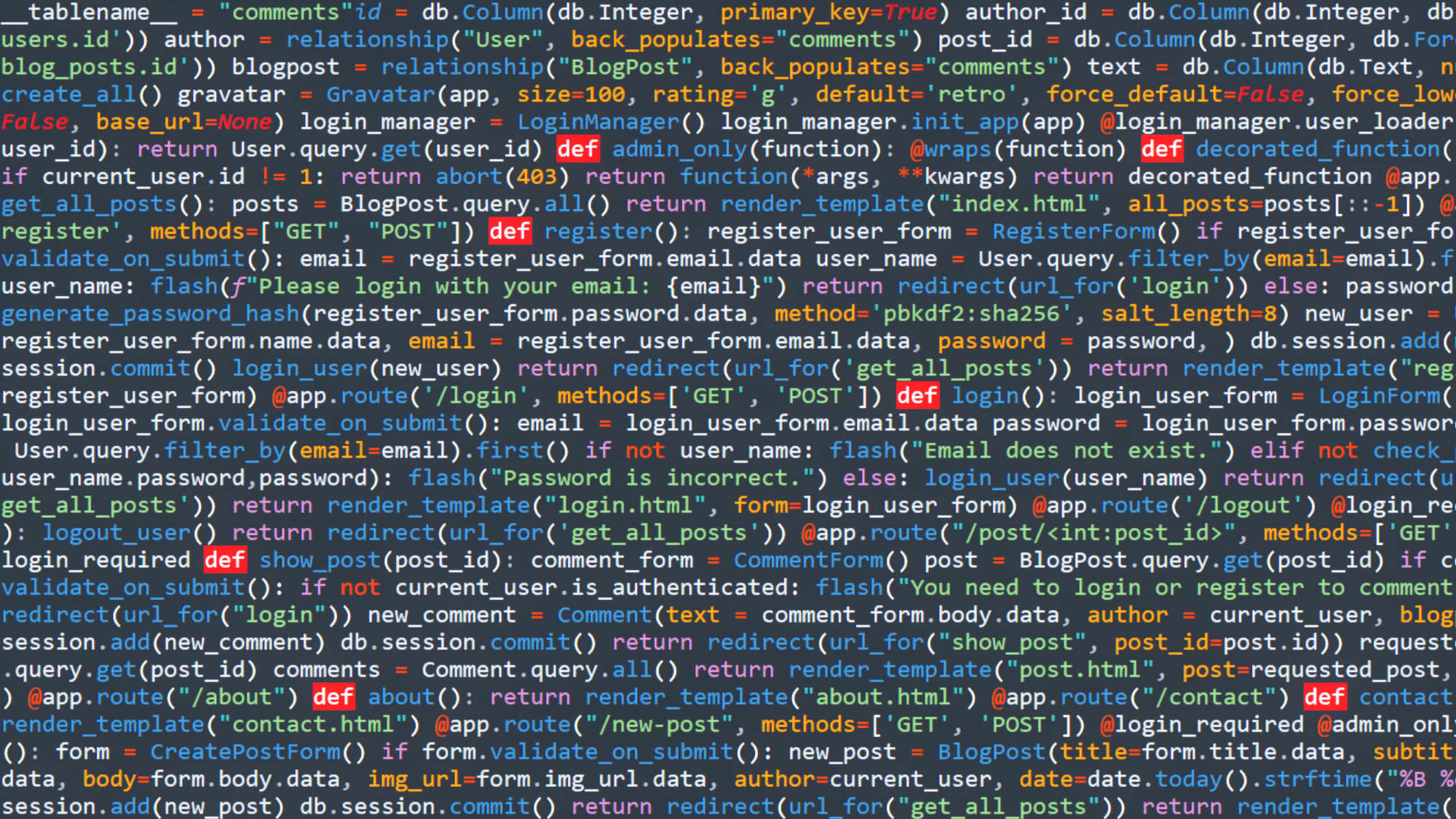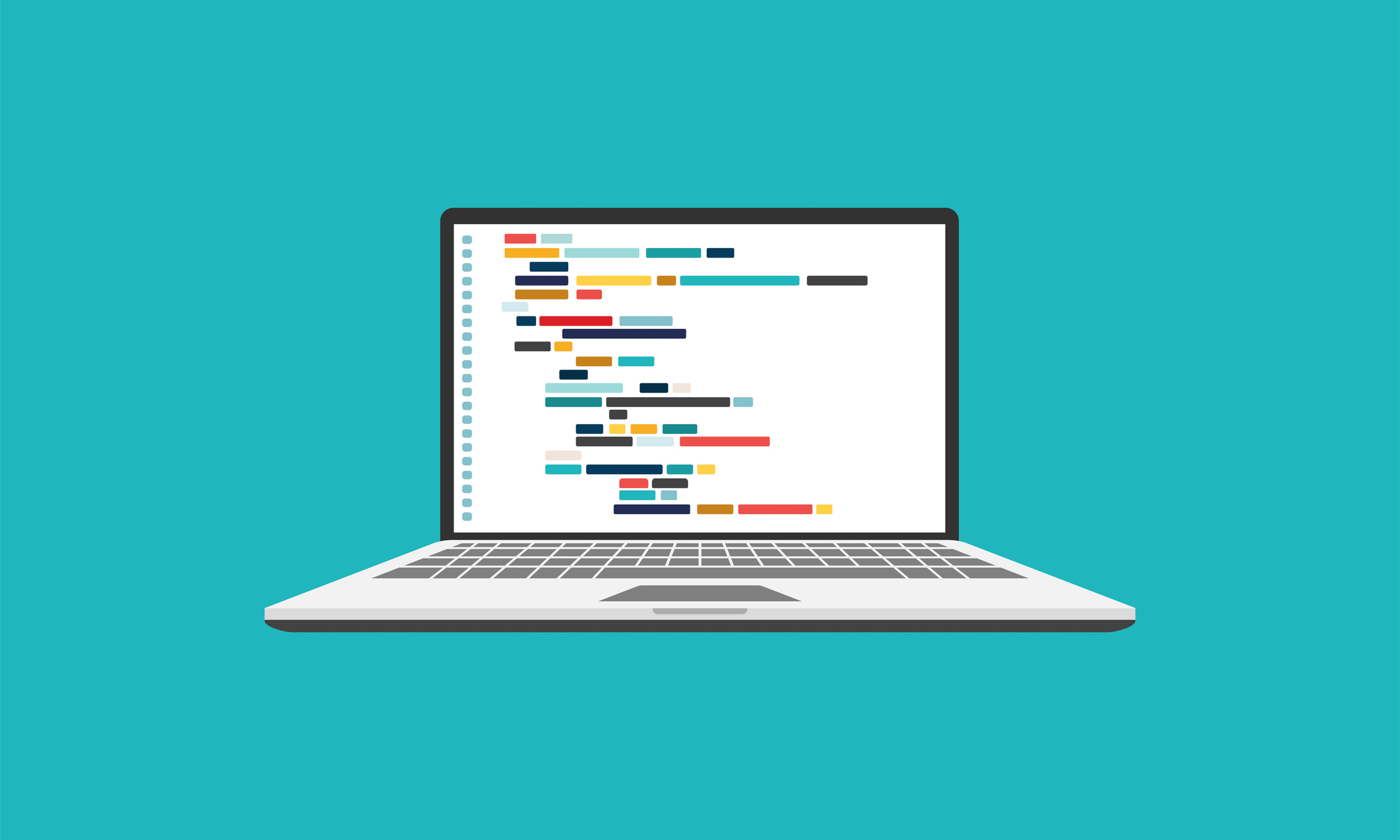Python Projects for Beginners
Writer
Editor
Reviewer
Writer
Editor
Reviewer
BestColleges.com is an advertising-supported site. Featured or trusted partner programs and all school search, finder, or match results are for schools that compensate us. This compensation does not influence our school rankings, resource guides, or other editorially-independent information published on this site.
Find the program that's right for you
Learn new skills quickly with a bootcamp, or earn a degree from a traditional college.
Answer a few questions to get matched with a bootcamp that fits your needs.
Explore accredited colleges to get matched with the best program for you.
- Python earned the top spot in the PopularitY of Programming Language Index in 2022.
- Programmers use Python for data analysis, web design, software development, and machine learning.
- The average Python coder earned $93,000 as of March 2022.
- Creating simple games can help you learn to use Python for more advanced tasks.
The programming language Python was launched in 1992. Today, developers use it for web design, data analytics, machine learning, and more. Python has even been used by leading tech companies and organizations like NASA, earning the top spot in the PopularitY of Programming Language Index in January 2022.
This open-source language allows users to take advantage of both functional and object-oriented programming paradigms. You can use this language in a variety of applications. Python's versatility makes it a sought-after skill for tech companies. Professional networking site LinkedIn listed more than 845,000 jobs for Python developers and analysts as of March 2022.
You can learn Python quickly by developing simple games and projects that incorporate this popular programming language. We have gathered a selection of these projects to help you practice key concepts in Python coding and development. Both beginners and seasoned coders can benefit from these tools.
Find the Right Coding Bootcamp For You
What Is Python Used For?
As a general-purpose programming language, developers and analysts can use Python for just about any application. They can use it to build a website, web-based applications, or games. They can even use the language for data analytics and visualization or to automate tasks. Companies in finance, entertainment, and social platforms all use Python.
Python's versatility makes it an excellent programming language for beginners. As an open-source language, you can find many free resources and install them on your computer at no cost.
Python works with all major operating systems. It does not use machine language. Instead, its commands resemble everyday language, making it easy to understand with keywords, variables, statements, and comments.
Learning Python can launch your career as a data analyst or developer. You can also use your Python language skills in software testing or quality assurance roles. Payscale reports that professionals who use Python earned an average salary of $93,000 as of March 2022.
Why Should I Learn Python?
Many people start their computer programming education by learning Python. But the language does include some drawbacks. Evaluate the pros and cons of learning to code with Python.
| Pros | Cons |
|---|---|
|
|
Python Projects for Beginners
Many students learn best by doing. Because Python works with simple syntax, you will soon be able to use your skills to create simple, fun games. The list below offers examples of Python projects for beginners.
Build a MadLibs Game
In MadLibs, you create a list of words based on set criteria. These criteria may be parts of speech (e.g., nouns, verbs, or adjectives) or types of words (e.g., colors or numbers). Once complete, you use the list of words in a script to create a funny sentence or short story.
MadLibs can be an entertaining activity or a useful teaching tool. Building a MadLibs game in Python teaches you to use simple commands to create a text-based game. The project uses input and print commands, as well as different types of variables (strings, numbers, etc.).
Learn to Build Hangman
You may have played hangman on paper when you were younger. In this game, one player thinks of a word or short phrase. This player would then draw blanks to represent each letter of the word or phrase they have in mind.
The second player guesses letters to fill in the blanks. Each wrong answer adds a body part to a stick-man figure on a gallows.
Creating a hangman game in Python allows you to play against the computer. You can use functions, variables, and strings to prompt guesses and track answers. Loops keep the game going.
Rock, Paper, Scissors
Rock smashes scissors. Scissors cut paper. Paper covers rock. This beginner Python project uses a random module to allow the computer to play against you in this classic game. Each turn, the computer chooses either rock, paper, or scissors.
The game uses modules, variables, and strings with nested statements for every potential outcome. Use "true" and "false" commands to allow the computer to understand outcomes from each potential choice.
Create a Guessing Game
Much like the hangman and rock, paper, scissors games, a guessing game uses variables. This beginner Python project starts with a number guessing game, in which the computer randomly selects a number between one and 10. The user must guess the number in five attempts, or they lose the game.
The code you create assigns a random number and provides hints based on the player's guess. Either the number is too low, or the number is too high. You create this game using an imported module, setting variables, and creating strings and conditional statements.
Make a Text-Based Adventure Game
Think of a text-based adventure game as a choose-your-own-adventure novel. As you move through the story, you make decisions on what characters will do. Your choice changes the outcome of the story.
This Python project allows you to create a text-based adventure game using multiple Python tools. Begin with a simple story, and determine which elements will become variables. Your code determines what happens after each choice. Creating this game uses string concatenation, comments, string formatting, and string manipulations.
Intermediate Python Projects
Python skills build on what you have previously learned and mastered. These intermediate Python projects introduce more complex commands and modules to create games with more functions and variables.
The Snake Game
The classic snake game entails maneuvering a snake on a screen to avoid boundaries or the snake's tail. Creating your own snake game using Python involves using multiple functions, modules, and loops. You must create the game board, set colors, and provide commands for quitting the game.
The game uses directional commands to move the snake, with variables for how far it moves in each direction. Other options include creating food for the snake and making the snake longer. The tutorial goes through each step of building the game and adding options.
Build an Alarm Clock
You can use Python to automate tasks. In this intermediate Python example, a coder created an alarm clock. At designated times, the program randomly selected a link from a list established by the programmer.
This tutorial shows the value of the Python coding community. The code did not work as intended at first. Other people offered their suggestions for code improvements, such as using a time function instead of loops.
Tic-Tac-Toe With AI
Building a Tic Tac Toe game introduces you to creating an artificial intelligence program with Python. With a few lines of code, you can challenge your computer to a classic game of Xs and Os.
The tutorial begins with a look at the code for a Tic Tac Toe game, covering principles of code design by creating a flow chart for actions during the game. The code translates the playing board to a data set the computer recognizes. You then create an algorithm to help the program determine its next move.
Advanced Python Projects
Learners who have completed the earlier projects can continue to build their skills and understanding of Python. The projects below incorporate advanced concepts in automation, artificial intelligence, and machine learning. These advanced Python projects help you learn to test your code quickly and refine your work efficiently.
Program a Robot
You can create a program in Python to control robots to perform specific tasks. Writing the Python scripts to control a robot involves using routines, statements, and positions. You must also understand how the robot moves with its standard controls.
The program's different parts come together in a process statement. You will define, execute, and modify processes. Once you create a program, you must test it. The tutorial simulates using a picker robot to load and unload objects.
Create a Quiz
Python offers multiple ways to create a simple quiz. The linked tutorial covers creating a multiple-choice quiz. You build the quiz using classes, "if" statements, and loops.
Your questions form the foundation for your quiz. Define your question prompts and answers to create a question class. The video walks you through each step in the process.
Make an Interactive Map
Python allows data scientists to create tools that help others visualize the data collection in dashboards. Most Python programmers include examples of data dashboards they have created in their resumes. Interactive maps can effectively share geographic data. This tutorial covers heatmaps, bubble maps, and categorical maps.
Before tackling this tutorial, you should already understand basic visualization terminology and techniques. You will use Bokeh, Numpy, and Panda libraries and functions.
Frequently Asked Questions About Python Projects
Are Python projects good for the resume?
Yes, Python projects enhance your resume. Advanced and intermediate Python projects can demonstrate your ability to use Python for specific programming challenges, like creating dashboards, designing websites, or building games.
In addition to projects, your resume can also include relevant education in Python, including program certificates or bootcamp training. You can also highlight other technical skills and soft skills that can make your resume stand out from other applications.
Can you get a job with Python only?
Yes, you can find a job knowing Python only. Potential job titles include junior Python developer, data analyst, and software quality assurance engineers. Many companies use Python for their applications, meaning you can find work knowing only Python.
Learning additional programming languages, like JavaScript or CSS, can qualify you for more jobs or advanced positions. Coding bootcamps that cover full-stack development often incorporate other languages to help you find better jobs in tech.
Where can I learn Python for free?
Many resources can help you learn Python for free. Free online courses can introduce you to the programming language through fun Python projects. Many free Python courses are self-paced, so you need to be self-motivated.
You can also find many short-term coding bootcamps focusing on Python and other popular programming languages. These programs often provide instructor-led sessions, collaborative projects, and career services. You may also find resources to help finance your bootcamp through financing agreements, scholarships, or the GI Bill�. Check the Center for Integrity in Results Reporting to find the best coding bootcamp for your interests.
Feature Image: RossHelen / iStock / Getty Images Plus / Getty Images
Explore More Bootcamps Resources
View all
Best Python Bootcamps

Where to Learn Python for Free Online






